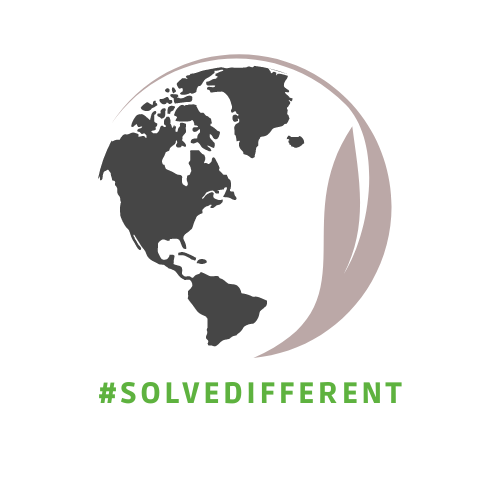Counting the cost: ENCORE helps banks assess exposure to environmental degradation
As the world becomes more aware of the environmental impacts of business activities, it is crucial for financial institutions to assess their exposure to natural capital risks. Fortunately, the Natural Capital Finance Alliance (NCFA) has produced a guide that enables financial institutions to do just that. The guide, launched in Johannesburg in January, includes a step-by-step process for carrying out rapid natural capital risk assessments.
Natural capital, the world’s stock of natural assets such as soils and water, affects all economic activities, directly and indirectly. Businesses rely on it for direct inputs, such as water and materials, but also experience indirect effects when environmental degradation, such as floods or erosion, affects production processes.
The guide was produced by the NCFA, a collaboration between the UN Environment Finance Initiative (UNEP FI) and Global Canopy, in partnership with PricewaterhouseCoopers. It promotes the use of ENCORE (Exploring Natural Capital Opportunities, Risks and Exposure), the first comprehensive web-based tool linking environmental change with its economic consequences, produced by the Natural Capital Finance Alliance in collaboration with UN Environment World Conservation Monitoring Centre.
ENCORE allows financial institutions to assess their exposure to events like deforestation, pollution of the oceans, droughts, changes in biodiversity, and soil degradation. It can also be used to identify key opportunities for investment in the transition to a green economy.

According to Anders Nordheim, programme leader—ecosystems and sustainable land use, UN Environment Finance Initiative, “With the launch of ENCORE and the natural capital risk framework for banks, the finance sector has for the first time systematic and robust information on how nature and the economy connect.”
The development of the ENCORE tool is part of the Advancing Environmental Risk Management project, run by the Natural Capital Finance Alliance, to help financial institutions integrate the risks they face because of environmental degradation.
South Africa’s FirstRand Group has already piloted the guide and is using the ENCORE tool, which was launched last November. Madeleine Ronquest, Head of Environmental and Social Risk, Climate Change at FirstRand, said the tool filled some of the data gaps around natural capital risk.
“It gives you a very nice overview… it assesses what risks you need to look at and what you need to take into account. What we are going to be doing is incorporating that into our risk management framework so that it is aligned with how we rate our risks and prioritise them,” she said.
Starting with its agriculture portfolio, FirstRand will use ENCORE alongside data from expert institutes on geographical exposure to droughts and other extreme events.
“We will map the ENCORE tool over this database of specific geographical exposure and then base it on our existing environmental risk management framework. It will help us a lot with communication and awareness-raising,” Ronquest said, adding that the bank’s relationship managers would then be able to talk to clients about mitigating risk.
Ronquest believes that this tool will allow the bank to take a larger advisory role in the agriculture sector. “We would rather see us working together with our clients and becoming more resilient in the sector, rather than just adjusting our risk appetite and funding. A large portion of (South Africa’s) gross domestic product and economy rely on agriculture and food security and it’s too important a sector for us to just walk away.”
Beyond just assessing risk, FirstRand is also working with NGOs and development banks to train young farmers. The programme is expanding, and Ronquest is excited about the opportunity to build a nation of more sustainable farmers.
Overall, the ENCORE tool is helping banks, investors and insurers better incorporate natural capital considerations into their decision-making processes. By assessing exposure to natural capital risks, financial institutions can become more resilient and better equipped to face the challenges of environmental degradation.



